Art & AI

This section explores the dynamic intersection of artificial intelligence and artistic creation, where technology meets human creativity. This project investigates the transformative potential of AI in the arts, questioning whether it serves merely as a tool or heralds a new era of artistic expression. By examining the aesthetic, conceptual, and ethical dimensions of AI, this section highlights how these emerging technologies are reshaping the boundaries of what art can be.
From collaborative installations and experimental videos to academic research and public exhibitions, "Art & AI" presents a diverse array of projects that address the implications of AI for contemporary art. These projects delve into themes such as digital entropy, the relationship between art and technology, and the evolving role of the artist in the digital age. The works featured here invite viewers to engage with AI not only as a technical phenomenon but also as a profound influence on our cultural and artistic landscapes.
As AI continues to integrate into both the artistic and scholarly realms, this section contributes to the ongoing dialogue about the future of art in an increasingly digitized world. Through partnerships with fellow artists, researchers, and institutions, "Art & AI" aims to push the boundaries of creative expression, exploring how technology can both challenge and enhance our understanding of art and its role in society.
Current Research
AI and artists' working methods
This artistic and theoretical research is part of a broader body of work on art and new technologies. It explores how image-making and the practice of artists are evolving in the age of artificial intelligence. The question arises as to whether AI imposes a change in the way artists work: what changes, why, and how they use or repurpose existing tools. This exploration is driven not by fascination or fear of AI, but by a desire to understand it better. The work focuses on the transition from text to image within the context of AI, connected to a conceptual artistic tradition. It examines the evolution of art, not in isolation, but as an integral part of societal evolution. Art must be continually redefined in each historical period, a collective process involving artists, critics, theorists, galleries, and other stakeholders.
Current AI platforms often generate prefabricated aesthetics. However, this research considers AI not only as a production tool, but also as a potential conceptual vector. It integrates HTML code as an objectifying element that enables dialogue between AI and the artist.
Could AI become the foundation of a new form of conceptual art, where the machine participates in idea generation and imposes a visual ideology? This question, crucial for the future of artistic creation, is at the heart of this research. While it is too early to determine whether AI represents a true revolution, it is not too early to begin exploring and understanding its potential in contemporary art.
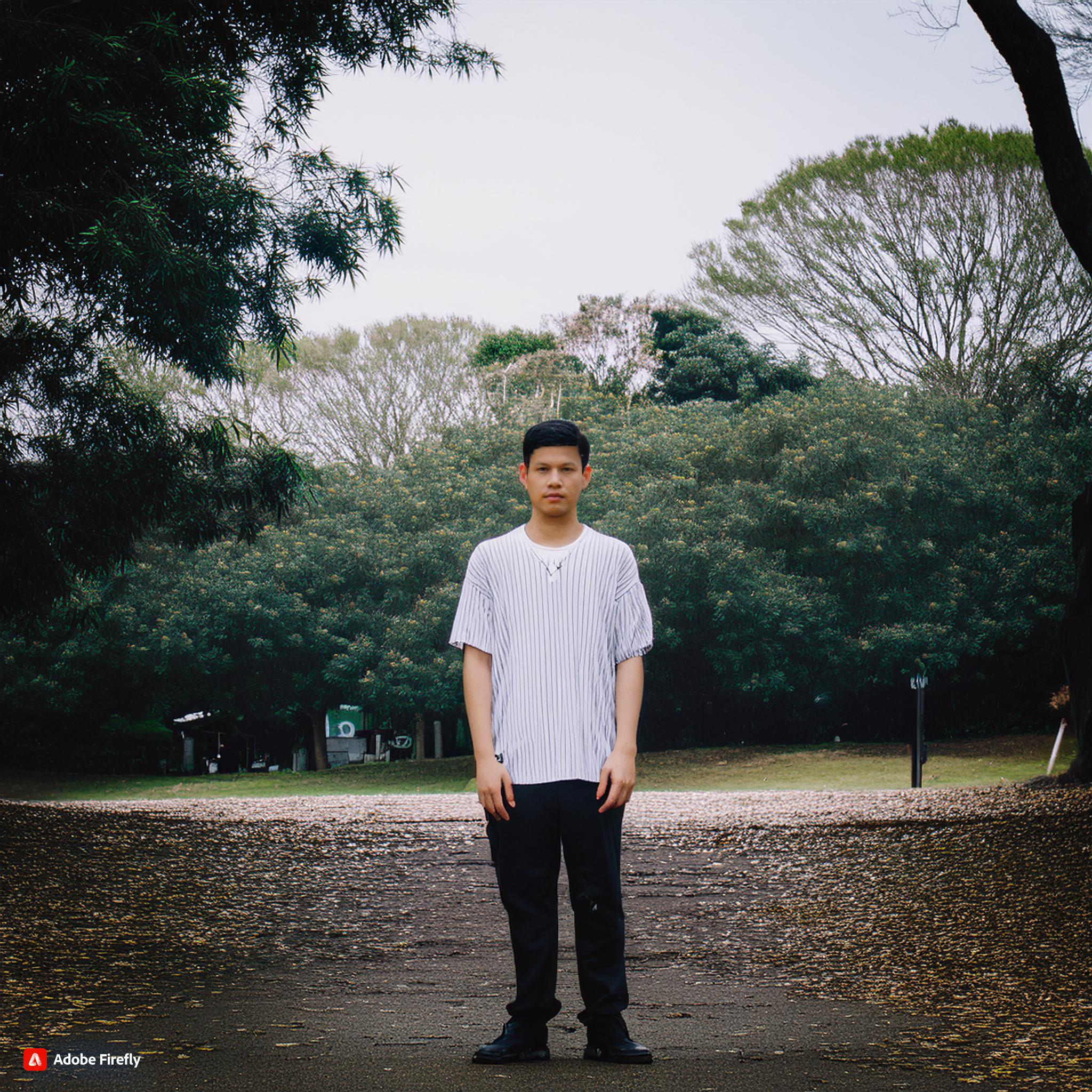

AI in Artistic Creation: Tool, Gadget, or Aesthetic (R)evolution – Text/Image Platforms
EVA Berlin, 2025 View the publication .
The article examines the evolution of AI-based image creation platforms using GANs and Text-Image procedures. It analyzes the commercial predominance of their objectives, as well as their tendency to neglect in-depth reflection on the image as a form of language, and the consequences these choices have for this form of creation.
By exploring the historical development of AI, the article shows how today's platforms, despite, or because of, their ability to simulate reality in a realistic or even hyper-realistic way, are engulfed in a quest for neutrality or Disneyfication of the image, and must impose successive self-censures that limit their creative diversity, ultimately perpetuating underlying fears and prejudices of the US society from which these platforms originate.
The text calls for a polysemic approach to the image, integrating aesthetic and theoretical perspectives that make Text-Image a genuine tool for reflection on the nature of the visual, comparable to what conversational AI is for oral language. In addition to a number of examples, the author offers a visual case of Text/Image analysis. This work on image generation by platforms working with text/image algorithms is part of a larger ongoing research project on AI and its implications for visual artistic creation.
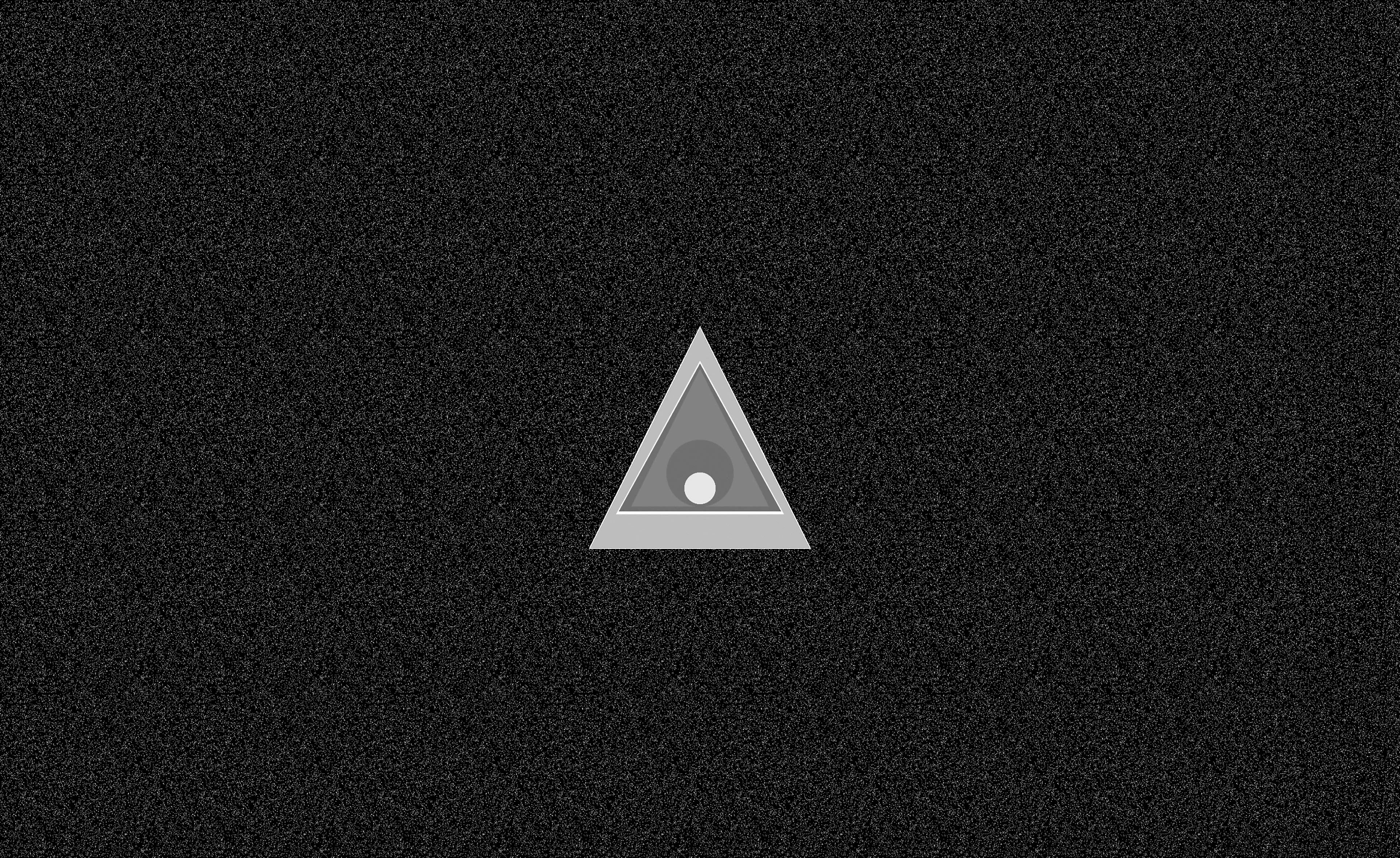
Theological Ecstasy or
the Epiphany of AI
Exploring the relationship between AI and spirituality through two artworks
This article examines the interaction between AI and spirituality through two visual artworks created by the artist with AI assistance. These are chimerical works in which the collaboration between the artist and the machine, mediated by HTML code, functions as a revelatory tool, enabling the objectification and exploration of AI’s mechanisms, limits, and unexpected behaviors.
Drawing on philosophical and theological references, from Augustine and Teresa of Ávila to Spinoza and Bataille, the study traces the historical relationship between art and spirituality. It highlights how art has served as a model of resistance to both earthly and celestial powers and advocates for a humanist approach to AI, emphasizing the necessity for all users, particularly artists, to appropriate this medium for themselves.
The article is currently under peer review for publication in Leonardo, MIT Press.
Art and Technologies
Exhibition Coder le Monde Centre Pompidou, Paris, 2018
Centre Pompidou, Paris, France
15 June - 27 August 2018
Curators: Frédéric Migayrou, associate director of the Musée national d'art moderne. Associate curator: Camille Lenglois
"Coder le Monde" at the Centre Pompidou was an ambitious exploration of the intersections between art, technology, and digital culture. Organized in 2018, this exhibition traced the evolution of computer code and its growing role in contemporary artistic creation. The works presented illustrated how contemporary artists engage with code not only as a tool but also as a language and form of expression in its own right. The exhibition offered a glimpse into innovative works that challenge the boundaries between human and machine, analog and digital, reality and virtuality.
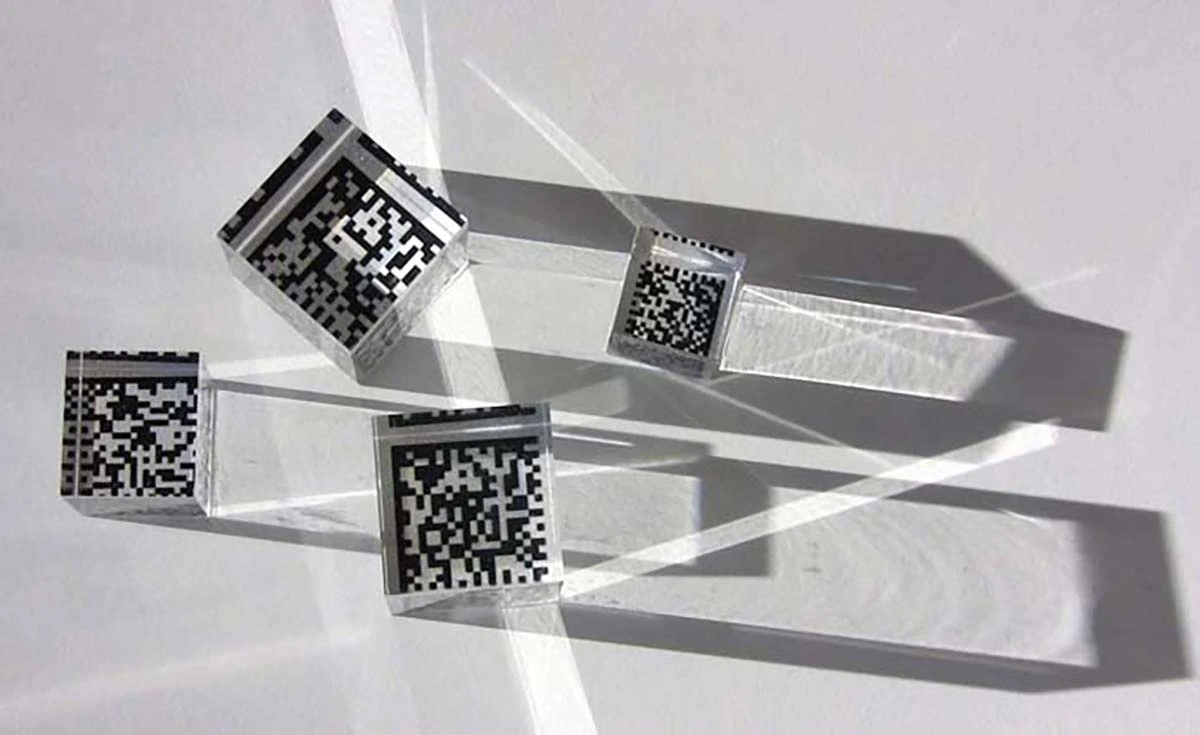
"Vice Boxes" is a collaborative multimedia installation presented as part of the "Coder le Monde" exhibition. The work consists of several transparent cubes, each containing a QR code. These cubes, resembling small pieces of jewelry, encapsulate the QR codes as if they were the soul of the piece. Through scanning these codes, viewers are transported to another universe where a short video illustrates the vice contained within the cube.
Symposium Art & Science, regards croisés
Université de Liège, Belgium
October 25-27, 2017
Session Chair: J.M. Lévy-Leblond, Université de Nice-Sophia Antipolis, France
La méthode scientifique dans la création plastique : une nouvelle vision de l'art
The symposium "Art & Science, regards croisés" aimed to explore the complex and evolving relationship between art and science, focusing on how scientific advancements have influenced artistic practices from the Renaissance to the present day.
Within this interdisciplinary framework, the presentation titled “La méthode scientifique dans la création plastique : une nouvelle vision de l'art” by Julio Velasco, explored the potential for adopting scientific methodologies in artistic creation. The presentation challenged the conventional dualistic view that positions science and art as inherently separate or even oppositional domains—science being driven by reason and art by intuition and emotion. This dualistic perspective, which has long dominated both popular and academic discourse, often limits the perceived scope of interaction between these two fields. The presentation argued that the application of scientific methods in art—beyond merely borrowing results from scientific research—can transform artistic practice into a rational and collective endeavor. This approach has the potential to break away from the traditional view of art as an irrational, individualistic, and elitist activity, and instead, position it as an accessible and socially engaged process.
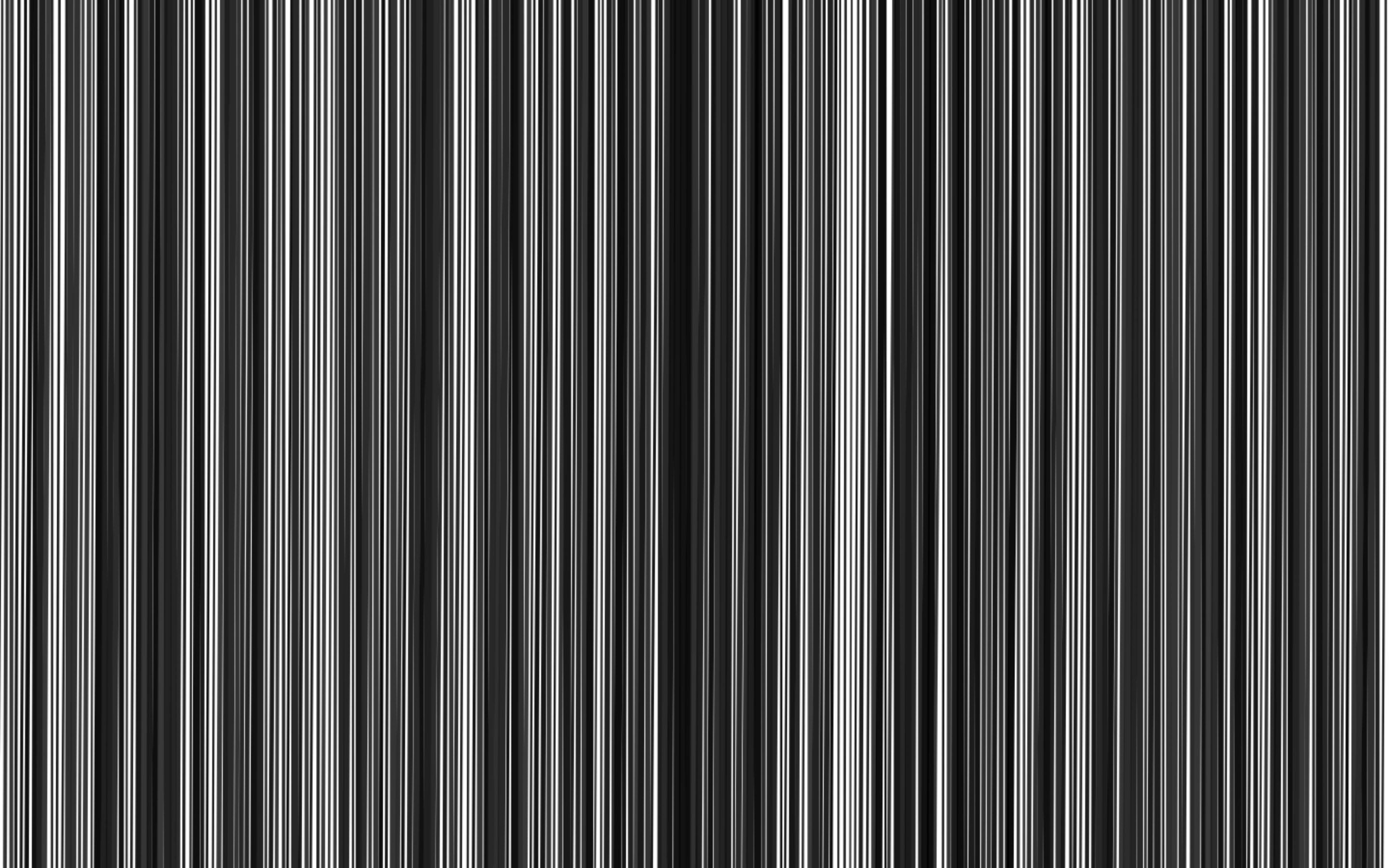
L’espérance d’une variable aléatoire
[The Expectation of a Random Variable] I and II
Medium: Generative HTML
Presented at the SPACE BYI – Math Poetry Festival, Edition I (2025), opening November 1, 2025.
In French, espérance carries a dual meaning: it refers both to the mathematical expectation of a random variable and to the concept of hope — a nuance not fully captured in the English translation.
These works are generated entirely using HTML, CSS, and JavaScript, with the help of AI in the creative process.
Both works explore random variables and their expectation, referencing probability theory. They are conceptually linked to Jorge Luis Borges’ Library of Babel, where infinite textual variations exist within a structured framework. Similarly, these animations generate infinite visual variations constrained by lines or grid cells, combining algorithmic rules with AI-assisted creativity.
The animations’ visual language draws on barcodes and QR codes — ubiquitous symbols of digital information. By transforming these functional forms into dynamic art, the work creates a dialogue between encoded data, abstraction, and human perception, while highlighting AI as a genuine collaborator in the artistic process.
MasterMoving Images and the Challenge of Beauty
Moving Images and the Challenge of Beauty
During my Master's degree in Art and Media at the University of Paris 1, Panthéon Sorbonne, 2010, I explored the concept of beauty in moving images. The thesis delves into the notion that there are multiple types of beauty, each corresponding to a specific form of art. I focused particularly on two concepts: beauty as appearance and beauty as truth. My goal was to analyze these two forms, their opposition, and the types of art associated with each.
Beauty as Appearance: This form of beauty is related to art that aims to distract and entertain, offering an escape from the monotony and ennui of everyday life, particularly in affluent societies. This art form can be seen as a spectacle, designed to momentarily lift us away from the mundane realities of middle-class existence in wealthy countries. Art that embodies beauty as appearance often seeks to create a visual spectacle or entertainment, offering a diversion rather than a deep engagement with reality.


Beauty as Truth: In contrast, beauty as truth is a concept deeply rooted in philosophical thought. It posits that true beauty reveals the profound nature of beings, liberated from distortions imposed by fear, habit, or flawed perception. Art aligned with this concept strives to engage deeply with reality, demanding a rigorous understanding and analysis of the world. This form of art challenges the viewer to refine their perception and judgment, offering not just representation but a sharpened insight into the essence of life.
This exploration of beauty in its various forms has had a lasting impact on my subsequent work and research, particularly in the context of new media and artificial intelligence. The dichotomy between beauty as appearance and beauty as truth continues to inform my approach to the intersection of art, technology, and society.
This research was followed by a video installation Qu'il fait beau demain, for 3 screens, presented in the Réflexions Numériques exhibition at Galerie Michel Journiac in Paris, 2010 and at the festival Ars Electronica, Linz, 2011.
Video-montage of the installation on Vimeo
Experimental Videos
The experimental videos Mode d'Emploi (2010) and Entropies Numériques (2009) represent two distinct yet complementary explorations of the possibilities offered by technology in artistic creation. Through these works, Julio Velasco utilizes and repurposes technological means to explore concepts such as digital entropy, perception of time, and the mechanisms of memory, while pushing the boundaries of the video medium.
Mode d'Emploi (2010)
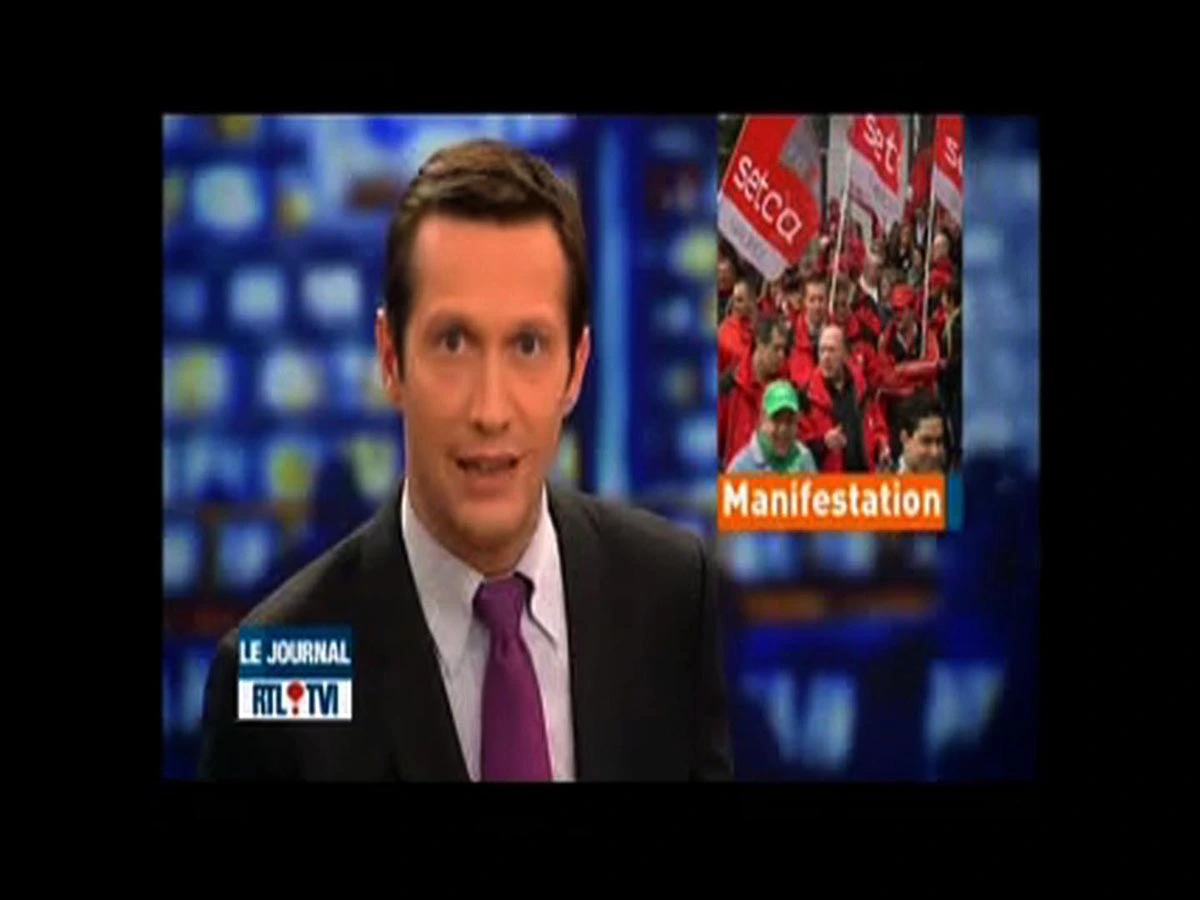
This is a court experimental video created in 2010. The work pays homage to the pioneers of experimental video by revisiting audio elements from their seminal piece "The Medium is the Medium" (1969), where artists were invited by American television to use the medium for artistic creation. By reusing these audio elements, Mode d'Emploi also incorporates contemporary footage from today's television, as well as images from Julio Velasco's own films. The work explores the complex relationships between art, technology, and communication, echoing the questions raised by the artists of the 1960s about the impact of media on artistic creation.
By juxtaposing these various visual and auditory materials, Mode d'Emploi offers a reflection on the evolution of media and technology while honoring the critical and exploratory spirit of the founders of experimental video. The work thus stands at the intersection of historical homage and contemporary creation, questioning the continuity and disruption in the use of audiovisual media in art.
Shown at the Galerie 59, Paris, 2010
Watch the video on Vimeo.
Entropies Numériques (2009)
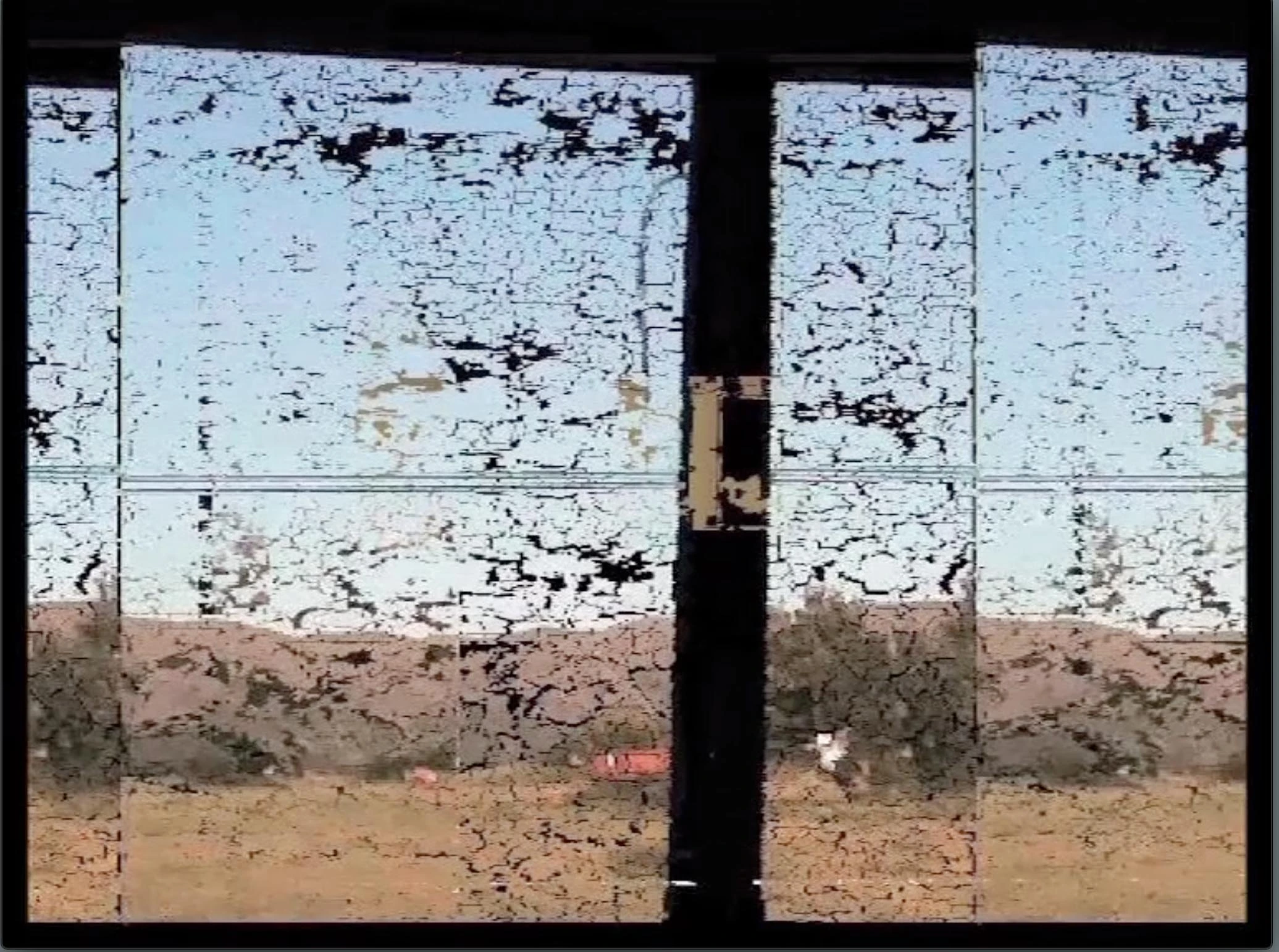
In this video, presented at the prestigious Ars Electronica Festival 2009 in Linz, the concept of entropy—a notion derived from the second law of thermodynamics—is explored within the digital realm. The second law of thermodynamics, which can be difficult to grasp without a background in physics, suggests that it is easier to lose energy than to gain it. Robert Smithson famously illustrated this idea by describing how sand mixed by a child running clockwise between two sandpits becomes increasingly mixed when the child runs in reverse, rather than returning to its original state. Similarly, Smithson noted that while a film shown in reverse might seem to undo time, it too is subject to entropy and will eventually degrade to the point of being unwatchable.
Entropies Numériques extends this concept to the digital world, where entropy also applies, though it is less apparent. Each time an image is copied, some information is lost, and after numerous copies, the image becomes unreadable. This video aims to visually demonstrate both this issue and Smithson’s ideas about entropy, providing a compelling exploration of the degradation of digital information over time.
Shown on Ars Electronica Festival, Linz, Austria, 2009
Watch the video on Vimeo.